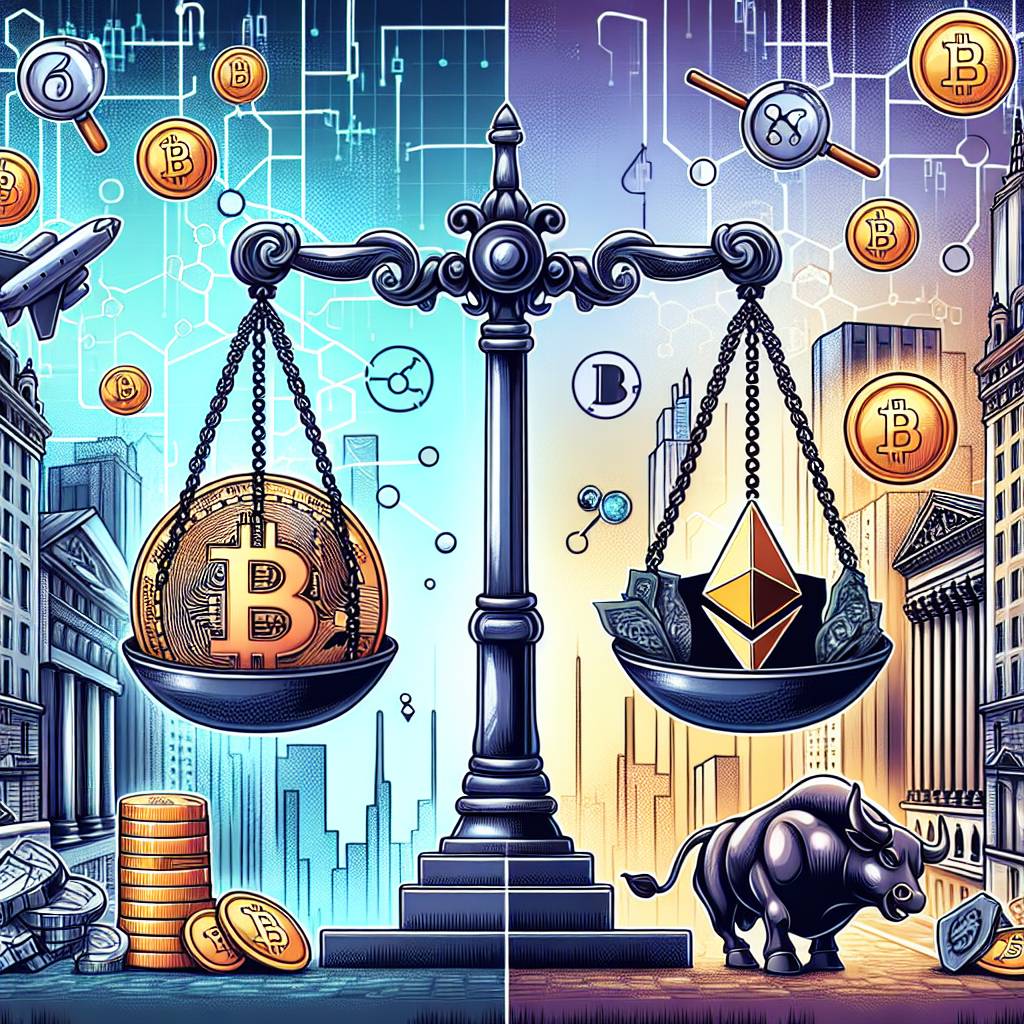What are the challenges of implementing asset tokenization on the blockchain?
What are the main obstacles and difficulties that arise when trying to implement asset tokenization on the blockchain?

3 answers
- Implementing asset tokenization on the blockchain can be a complex process. One of the main challenges is ensuring regulatory compliance. Different jurisdictions have different regulations regarding asset tokenization, and navigating through these legal frameworks can be time-consuming and costly. Additionally, ensuring the security and privacy of the tokenized assets is crucial. Blockchain technology itself is secure, but vulnerabilities can still exist in the implementation or smart contracts. It's important to conduct thorough security audits and implement robust security measures to protect the tokenized assets.
 Dec 28, 2021 · 3 years ago
Dec 28, 2021 · 3 years ago - Asset tokenization on the blockchain faces scalability challenges. As the number of tokenized assets and transactions increases, the blockchain network may experience congestion and slower transaction speeds. This can hinder the efficiency and usability of the tokenized assets. However, with the development of layer 2 solutions and advancements in blockchain technology, scalability issues are being addressed and solutions are being implemented to improve the performance of blockchain networks.
 Dec 28, 2021 · 3 years ago
Dec 28, 2021 · 3 years ago - At BYDFi, we understand the challenges of implementing asset tokenization on the blockchain. One of the key challenges is ensuring interoperability between different blockchain networks. Tokenized assets may need to be transferred or traded across multiple blockchains, and having seamless interoperability is crucial for the success of asset tokenization. We are actively working on developing solutions that enable cross-chain asset tokenization and interoperability, making it easier for users to tokenize and trade assets across different blockchain networks.
 Dec 28, 2021 · 3 years ago
Dec 28, 2021 · 3 years ago
Related Tags
Hot Questions
- 98
How can I buy Bitcoin with a credit card?
- 94
How does cryptocurrency affect my tax return?
- 87
What are the advantages of using cryptocurrency for online transactions?
- 85
What are the best digital currencies to invest in right now?
- 63
How can I protect my digital assets from hackers?
- 61
Are there any special tax rules for crypto investors?
- 57
What are the tax implications of using cryptocurrency?
- 43
How can I minimize my tax liability when dealing with cryptocurrencies?
